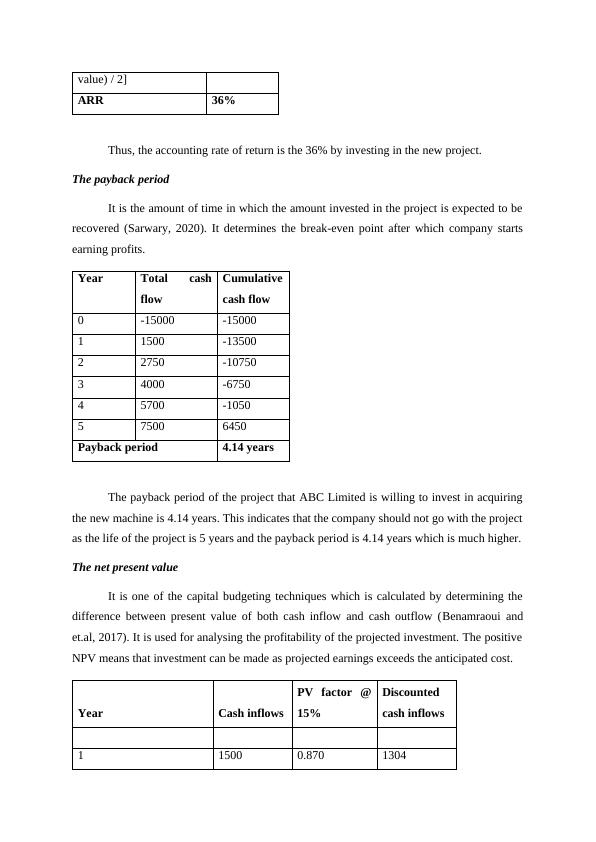Investment Appraisal Techniques and Risk Assessment using Accounting Ratios
Added on 2023-01-11
11 Pages2205 Words75 Views
End of preview
Want to access all the pages? Upload your documents or become a member.
Analyzing Performance Measures and Pricing Role in Business
|10
|2153
|30
Financial Problems
|7
|560
|311
Business Decision Making
|7
|1309
|98
Business Decision Making
|7
|1299
|32
Investment Appraisal Assignment
|15
|1817
|41
INVESTMENT APPRAISAL (CAPITAL BUDGETING) TECHNIQUES
|13
|2010
|26



